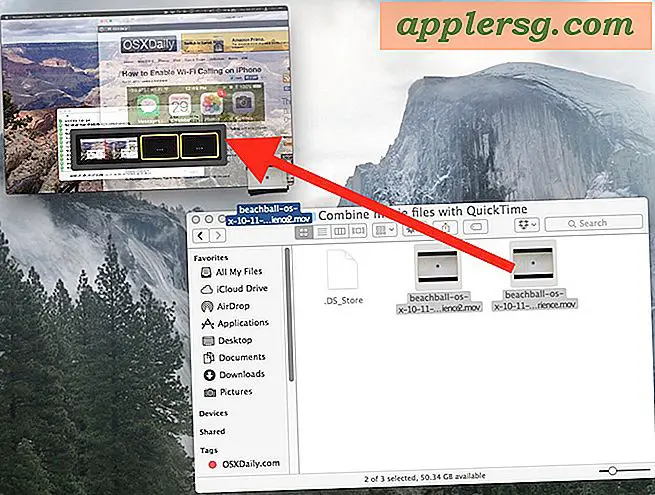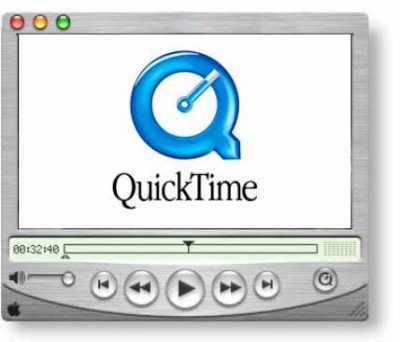

- #QUICKTIME VERSION 10 FOR MAC MAC OS X#
- #QUICKTIME VERSION 10 FOR MAC MAC OS#
- #QUICKTIME VERSION 10 FOR MAC INSTALL#
- #QUICKTIME VERSION 10 FOR MAC UPGRADE#
When the download is complete, right-click on it to launch the file. However, for Windows 10, do the following sub-steps: Go to the official website of QuickTime and download the setup file named QuickTimeInstaller.exe.

You can find recommendations for the respective operating system version below. STEP 2 (Install For Windows 10) The previous step was applicable to an older version of the Windows operating system.
#QUICKTIME VERSION 10 FOR MAC MAC OS#
We provide older releases for users who wish to deploy our software on legacy releases of Mac OS X.
#QUICKTIME VERSION 10 FOR MAC MAC OS X#
Older versions of Mac OS X and VLC media player The last version is 3.0.4 and can be found here. Support for NPAPI plugins was removed from all modern web browsers, so VLC's plugin is no longer maintained.
#QUICKTIME VERSION 10 FOR MAC INSTALL#
You can also choose to install a Universal Binary. If you need help in finding the correct package matching your Mac's processor architecture, please see this official support document by Apple. Note that the first generation of Intel-based Macs equipped with Core Solo or Core Duo processors is no longer supported. Previous devices are supported by older releases. It runs on any Mac with a 64-bit Intel processor or an Apple Silicon chip. Therefore, you should check and see what the new player offers, just so you don’t waste money on functionality that’s already available in Mac OS X 10.6, out-of-the-box.VLC media player requires Mac OS X 10.7.5 or later. As you should know, Snow Leopard’s QuickTime X does not use QuickTime Pro registration codes. Enter your QuickTime 7 Pro registration code and you’re good to go. In the menubar, click the QuickTime Player 7 menu and choose Registration. 13.5 loop do if q.currenttime > 60 q.speed 1 q.currenttime 10 break end end. However, if you don’t have QuickTime Pro installed at the time of the Snow Leopard upgrade, you can manually enter your QuickTime 7 Pro registration code by launching QuickTime Player 7. Contribute to shokai/quicktime-player-mac development by creating an. The player checks to see if it can find a valid registration code and enables the QuickTime Pro functionality.
#QUICKTIME VERSION 10 FOR MAC UPGRADE#
Now, some information for QuickTime Pro users.Īccording to Apple, those who have a QuickTime 7 Pro registration code on their computer will have QuickTime Player 7 automatically installed in their Utilities folder as they upgrade to Snow Leopard. If you double-click any media that can only be played with QuickTime Player 7 and it is not already installed, you will be asked if you want to download it from Apple. This is the best way to ensure you get everything from both worlds, but there’s yet another way to get your hands on a Snow Leopard-compatible version of the player - Apple Downloads. QuickTime Player 7 will be installed in your Utilities folder. Select the QuickTime 7 option and click Continue.Ĥ. Open the Optional Installs folder and double-click "Optional Installs.mpkg."ģ. A new version of iTunes is available for download onto Mac and Windows. Insert your Mac OS X 10.6 Snow Leopard Install DVD.Ģ. If you do not already know iTunes firmware download location Windows 10. Where else, if not on the Mac OS X v10.6 Snow Leopard install DVD? To install the QuickTime Player 7 alongside QuickTime X in Snow Leopard.ġ. Should you need it, a Snow Leopard-compatible version of QuickTime Player 7 is available for use with older media or with existing AppleScript-based workflows. QuickTime Player 7, as fans of the media player should know, can be used to play back formats such as QTVR, interactive QuickTime Movies, and MIDI files, and it supports QuickTime 7 Pro registration codes for access to the QuickTime Pro functionality (saving movies from the web, and more). Admittedly, the new player offers a clean and uncluttered interface, easy media sharing, and flexible recording capabilities, yet some users have been heavily relying on the features specific to the old version of QuickTime. Those who’ve made a clean install of Mac OS X v10.6 Snow Leopard may have noticed that Apple’s new OS replaces the old QuickTime with QuickTime X.


 0 kommentar(er)
0 kommentar(er)
